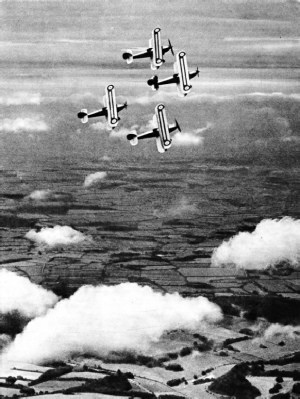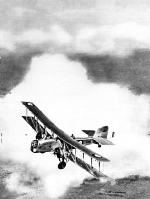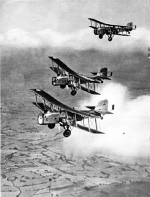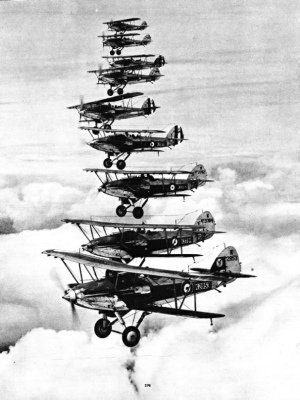

© Wonders of World Aviation 2015-
Part 10
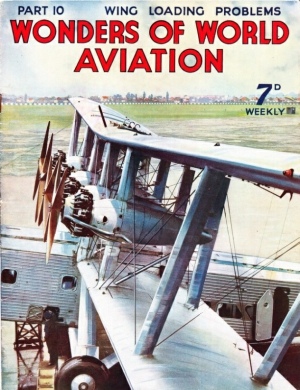
Contents of Part 10
Soviet Arctic Aviation
(Part 2)
From Balloons to Flying Boats
Formation Flying
Formation Flying
(photogravure supplement)
Formation Flying:
Photogravure Supplement - 2
TWIN-ENGINED BOMBERS IN FORMATION FLIGHT. These Boulton Paul Overstrand aircraft are fitted with Bristol Pegasus II nine-cylinder radial engines. A feature of this type of machine is the gun-turret in the nose, which completely encloses the gunner and thus affords him protection from the force of the wind. Overstrands were designed in two types, one of which had a mechanically-operated gun-turret that could be trained in the direction desired without any manual exertion.
Formation Flying
Photogravure Supplement
A FLIGHT OF HAWKER FURY AIRCRAFT in close formation. The aircraft are single-seaters. The leader in such circumstances flies well below his maximum speed, so that the other pilots may have ample reserve of power to catch up when necessary to maintain their position. Close formation flying calls for continual “juggling” with the throttle, and the pilots have to beware of opening up too much or shutting down too suddenly, to avoid making the formation appear ragged.
Formation Flying:
Photogravure Supplement - 3
A SQUADRON IN CLOSE FORMATION. The machines are Hawker Demons, fitted with Rolls-Royce Kestrel V supercharged engines. The aircraft are two-seater fighters. Formation drill, which consists in changing from one type of formation to another, is essentially a parade or practice manoeuvre. Open formations would be adopted in time of war, one of the reasons being that damage by anti-aircraft guns would be less likely to prove extensive than if the machines were in close formation.
